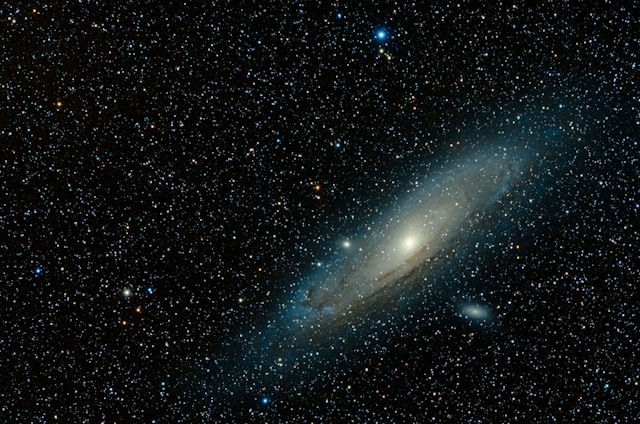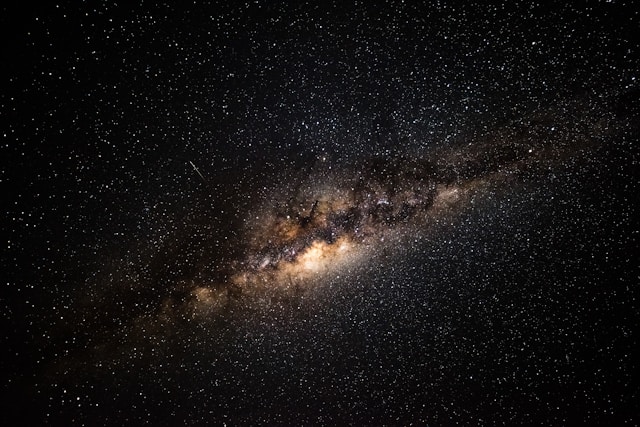Have you ever wondered how to find a planet billions and trillions of kilometers away from us? How to see a tiny firefly against a huge spotlight? How to find out if there is life on a planet that did not even have probes
What is a planet?
Now a very precise definition for the planet was given in 2006. The International Astronomical Union has gathered, among other things, in order to understand where to cut off this tail. More and more small bodies were found in the solar system, and it was necessary to separate the planets from other, similar to them, but still not quite, bodies.
And it turned out that Pluto is not quite a planet in many ways. First of all, in terms of mass, in terms of the shape of the orbit. And they decided this: a planet is a body that, under the influence of its gravity, can deform its body, this is very important, that is, to take some kind of more or less spheroidal shape. Why is it important? Since gravity is such that it can flatten and form a planet, it means that internal geological life begins there: the layers separate, the iron core, mantle, and light shell stand out.
That is, the planet is a large object, within which some kind of evolution, inner life takes place, and it is so large that there are no similar ones next to it. There are too small satellites. And he completely manages them, manages them, but they have almost no influence on him. And so that two planets in one orbit compete, and their orbits intersect – no, that’s not possible. And this, in fact, does not exist in the solar system, the planets have long figured out their relationships, pushed and pushed, each found its own corridor in the solar system, that is, its orbit and its environs, and calmed down on this. They divided the space like the children of Lieutenant Schmidt. And today the planet is a body that is massive enough to form itself, round off and clear the neighborhood of its orbit from other similar or smaller bodies. Everything else is no longer a planet. And what? Dwarf planets, for example, as a group similar to Pluto. Pluto, Eris, Ceres – we have 5 of these in the solar system.
Somewhere else, they might be found. And in other planetary systems, we are going to determine them in approximately the same way. Massive body? Guides life along its orbit, in the vicinity of its orbit? Let’s call it a planet. But if it is not ours, but another star, then it is an exoplanet, that is, external to the solar system. Many of these have been found, planets have almost been found near every third star. Planetary systems are even whole. This is how the concept of “planet” was correctly defined. Separated from both stars and small bodies. Well, the planets are clearly separated from the stars – the stars themselves shine, and the planets by reflected light. That is, the stars have a source of energy, thermonuclear reactions, but the planets do not have this source. Here Jupiter is almost on the border between stars and planets. Well, let’s say, if we took a body 15-20 times more massive than Jupiter, that’s it, it would already be a star. There would begin thermonuclear reactions.
So, in our solar system, we have fairly clear boundaries on the side of large bodies – Jupiter, on the side of small bodies – Mercury, formally the smallest. Mercury and Mars are the smallest. This is how we define planets.
In 2019, an award was presented for the discovery of exoplanets. So, in fact, I wanted to know how the discovery of planets takes place in general, how are they determined?
It was about trying to notice the movements of the star not perpendicular to our line of sight, but along the line of sight, that is, from us and towards us. It turns out that when observing the spectrum of a star, that is, a colored strip, where there are lines of chemical elements, one can sometimes notice the movements of these lines associated with the Doppler effect. When a star moves away from us, the spectral lines move to the red part of the spectrum. When it approaches us – in blue. In those years, in the 80-90s, when these works began, the measurement accuracy was approximately 1 km/s. It was impossible to measure the speed of a star more precisely.
Several astronomers have taken it upon themselves to improve the quality of the instruments. In particular, Michel Mayor and his younger colleague Didier Queloz in Switzerland, and they observed at the French observatory, they realized that the spectrograph should not be hung on the telescope (the telescope rotates, the spectrograph trembles, the temperature under the telescope dome in the tower changes all the time, it’s cold at night , it is warm during the day, the spectrograph suffers from this, optical elements move there, and measurement accuracy is not obtained).
They hid the spectrograph in the basement of the observatory, where conditions are very stable, and the light from the telescope was sent there through an optical fiber. And they did not even go into this room where the spectrograph works, so as not to interfere with its work with their warmth, their step, the shaking of the floor. And it paid off. Well, there were some technical tricks invented. And it paid off. The sensitivity, that is, the accuracy of observation, the accuracy of measuring the speeds of stars, has increased a hundred times. And, finally, it turned out that one of the stars, the fifty-first constellation Pegasus, is moving at a speed of about 13 m / s back and forth. This means that the oscillation amplitude of this star is 13 m/s. Well, this is the speed of running a hundred meters, or the speed of a cyclist during normal driving. For a star, it’s almost like standing still. But it has been measured. And it turned out that around this star, with a period of about four days, a massive (like our Jupiter, even more) planet revolves. It was unexpected. Jupiter is far from the Sun, it has a period of revolution of 12 years.
And here for four days around his star. Well, such luck, so lucky astronomers. In just a couple of weeks, they discovered this fact, and then it began. Then everyone rushed to this problem. Today, a lot of professionals are looking for planets in different ways, not only by spectra, but also by mutual eclipse effects. More precisely, the passage of planets against the background of their native stars. The planet, after all, is a rather large body, and it can close a noticeable fraction of the disk of a star with its body for some time, when it passes against its background for us, earthly observers. And the star fades a little, its visible brilliance is slightly weakened.
And this can be seen. Better from space, but sometimes it works from Earth. And this method works, and some others are now invented. That is, this is a large area of modern astrophysics. Not even a lot of physics. Astronomy, I would say, modern astronomy. Actually, there is nothing particularly tricky in terms of physics, but rather high accuracy here. Why is astronomy loved and praised? They say “with astronomical accuracy” something has been done. That is how it is in this case. It is with the highest accuracy that we measure the movement of stars, or the brightness of stars. And this allows you to make such important discoveries as the detection of exoplanets.
—
Finding a planet is not as difficult as you may think. There are plenty of ways to find a planet and each of them has its own pros and cons.
The best way to find a planet is by using the transit method. It’s the most accurate way to measure the size of a planet and it’s also the only way to find planets around other stars.
Another method is called radial velocity, which measures the wobble that orbits cause in a star due to an orbiting planet. This method can be used on any star, but it’s not as accurate as transit because it can’t tell you anything about the size or orbit of a planet.



















